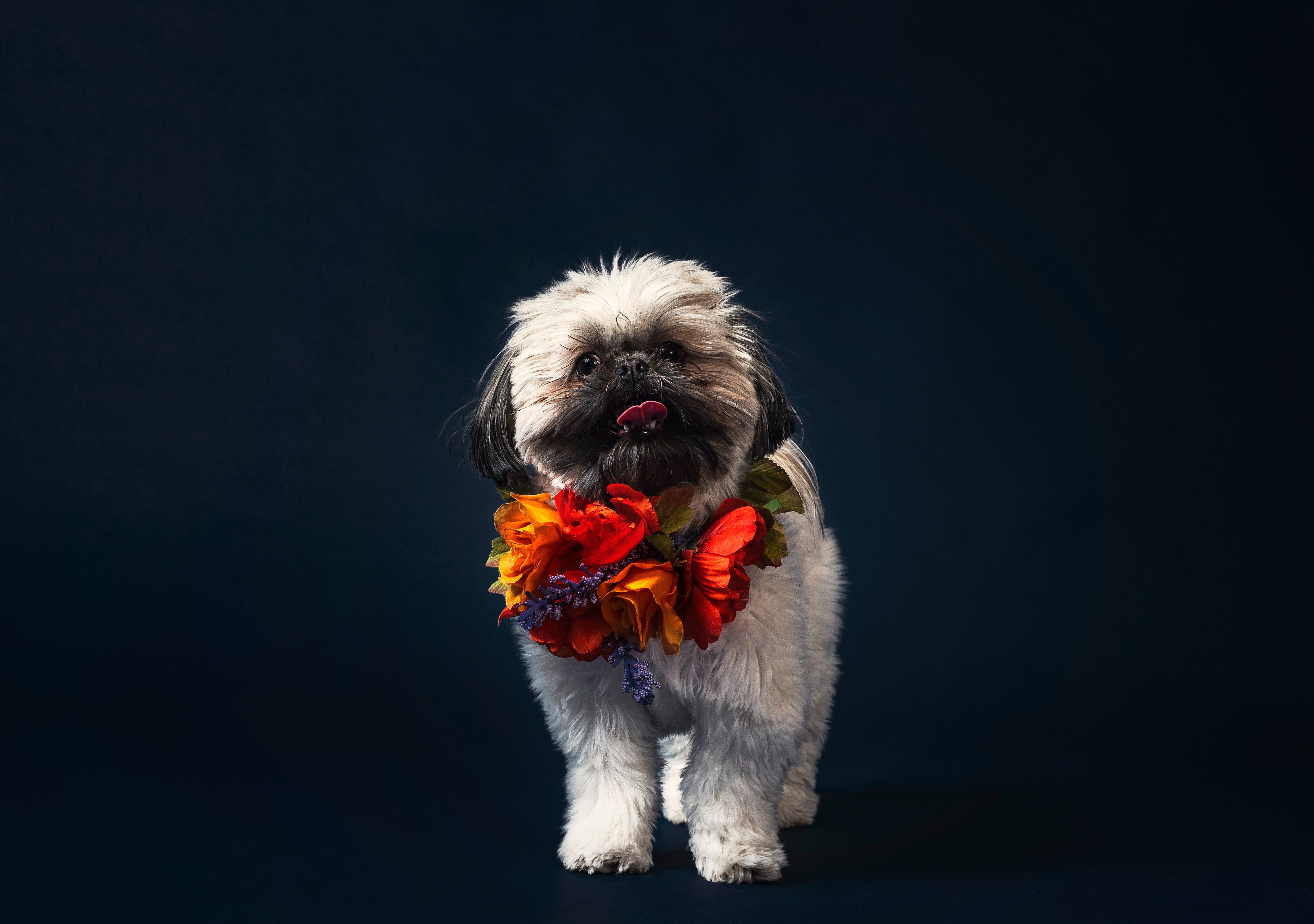
It can be worrying to see your cat throw up right after eating. Whether it happens occasionally or frequently, vomiting is often a sign that something is wrong — even if it’s just minor digestive upset. Understanding why your cat vomits after eating can help you take the proper steps to keep your feline friend healthy and comfortable.
In this article, we’ll explore the common reasons cats throw up after meals, what you can do at home, and when it’s time to visit your veterinarian.
1. Eating Too Fast (Scarf and Barf Syndrome)
One of the most common reasons cats vomit right after eating is that they eat too quickly. This behavior is often referred to as “scarf and barf.”
When a cat gobbles food too fast, they swallow air along with their kibble, causing their stomach to expand and triggering vomiting. Multi-cat households or irregular feeding times can cause cats to eat faster due to competition or anxiety.
How to help:
- Use a slow-feeder bowl or puzzle feeder to make your cat eat more slowly.
- Offer your cat a few small meals throughout the day rather than a few large ones.
- If you have more than one cat, feed each in a separate space to minimize tension and food rivalry.
2. Hairballs and Grooming Habits
Cats devote a significant portion of their day to grooming and keeping their coats clean, which means they ingest hair that can accumulate in their stomachs. These hairballs can sometimes cause vomiting right after eating, especially if the food triggers the stomach to contract.
How to help:
- Groom your cat frequently to remove loose hair and prevent them from ingesting it while grooming themselves.
- Provide exceptional hairball-control cat food or fiber supplements that help pass hair naturally through the digestive system.
- Ensure your cat stays hydrated to support digestion.
3. Food Allergies or Sensitivities
Some cats develop sensitivities or allergies to certain ingredients in their food, such as fish, chicken, grains, or artificial additives. These can lead to vomiting, diarrhea, or itchy skin.
How to help:
- Try switching to a limited-ingredient or hypoallergenic diet recommended by your vet.
- Avoid sudden food changes — introduce new food gradually over 7–10 days.
- Keep a diary of what your cat eats and when vomiting occurs to identify possible triggers.
4. Overeating or Rich Food
Just like humans, cats can overeat or react badly to food that’s too rich or fatty. Some treats or high-fat diets can upset their stomach and cause vomiting shortly after meals.
How to help:
- Stick to balanced, vet-approved cat food suitable for your cat’s age and health condition.
- Limit treats to no more than 10% of daily calories.
- Avoid feeding your cat leftovers or table scraps, as human food can be too heavy for their system.
5. Underlying Health Conditions
Sometimes, vomiting after eating can be a sign of an underlying medical issue. Common causes include:
- Gastrointestinal disorders (like inflammatory bowel disease or gastritis)
- Pancreatitis
- Kidney or liver disease
- Hyperthyroidism
- Parasites or infections
If your cat vomits frequently or exhibits other symptoms, such as weight loss, lethargy, or loss of appetite, it’s time to visit the veterinarian.
How to help:
Your veterinarian may perform blood tests, X-rays, or ultrasounds to determine the cause. Once diagnosed, your veterinarian can recommend the appropriate treatment — such as medication, a prescription diet, or parasite control.
6. Stress or Anxiety
Cats are sensitive creatures, and stress can impact their digestive system. Moving to a new home, introducing a new pet, or even changing feeding routines can trigger vomiting in some cats.
How to help:
- Maintain a regular routine for your cat’s meals and ensure a peaceful, stress-free environment during feeding time.
- Provide safe hiding spots and vertical spaces where your cat can relax and unwind.
- Use cat pheromone diffusers or calming sprays if your cat is prone to anxiety.
7. Food Temperature or Texture
Some cats prefer their food at a specific texture or temperature. If the food is too cold (straight from the fridge) or hard to chew, it may upset their stomach and lead to vomiting.
How to help:
- Warm up wet food slightly to room temperature before serving.
- Offer soft or smaller kibble if your cat has dental issues.
- Make sure your cat always has access to fresh water.
When to See a Veterinarian
While occasional vomiting may not be a big concern, frequent or severe episodes should never be ignored.
Contact your vet immediately if you notice:
- Vomiting more than twice a week
- Blood or bile in the vomit
- Lethargy or loss of appetite
- Diarrhea or weight loss
- Dehydration
Persistent vomiting can lead to nutrient loss and dehydration; therefore, early treatment is crucial.
Preventing Cat Vomiting: Simple Tips
Here are a few preventive measures to keep your cat’s stomach healthy:
- Feed smaller, more frequent meals
- Keep the feeding area quiet and stress-free
- Use high-quality, easily digestible food
- Brush your cat regularly to reduce hairballs
- Avoid giving human food or milk
- Schedule regular vet checkups to catch any health issues early
Final Thoughts
Seeing your cat throw up after eating can be distressing, but in many cases, the cause is manageable. From eating too fast to food sensitivities, identifying the reason is the first step to helping your cat feel better.
By monitoring your cat’s eating habits, keeping their diet balanced, and maintaining regular vet visits, you can prevent most cases of post-meal vomiting.
A happy, healthy cat means fewer messes — and more purrs after mealtime!






